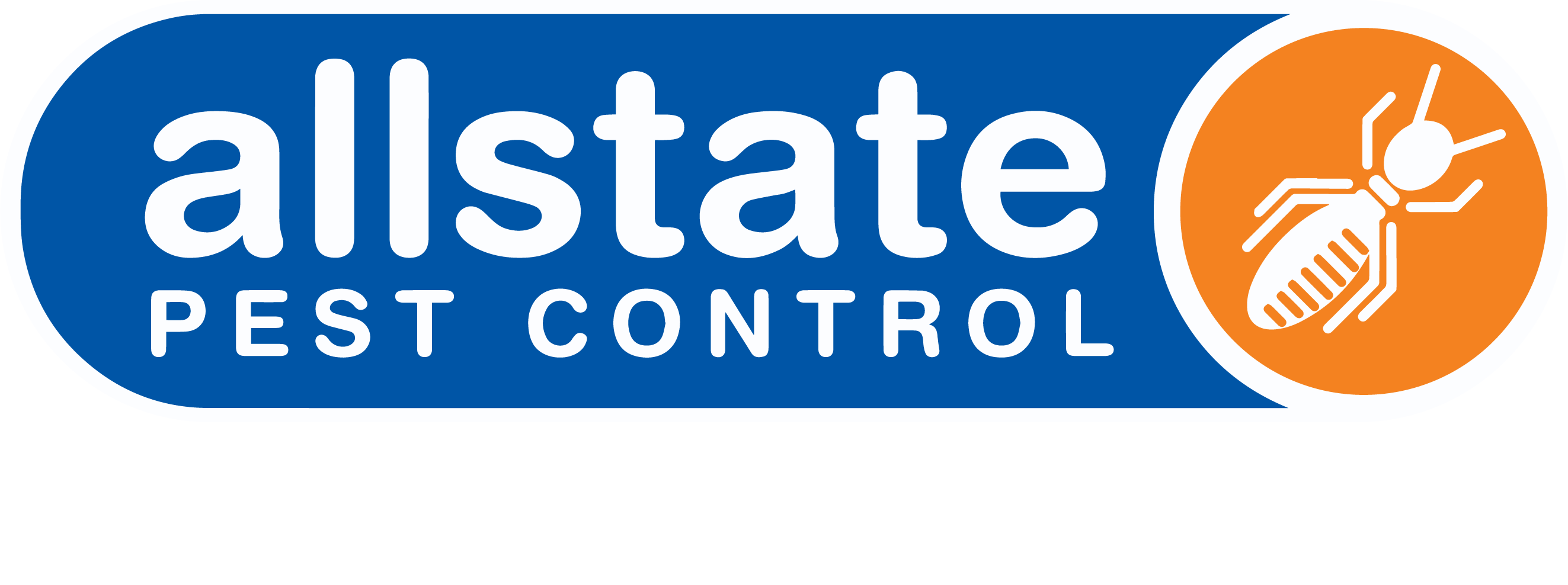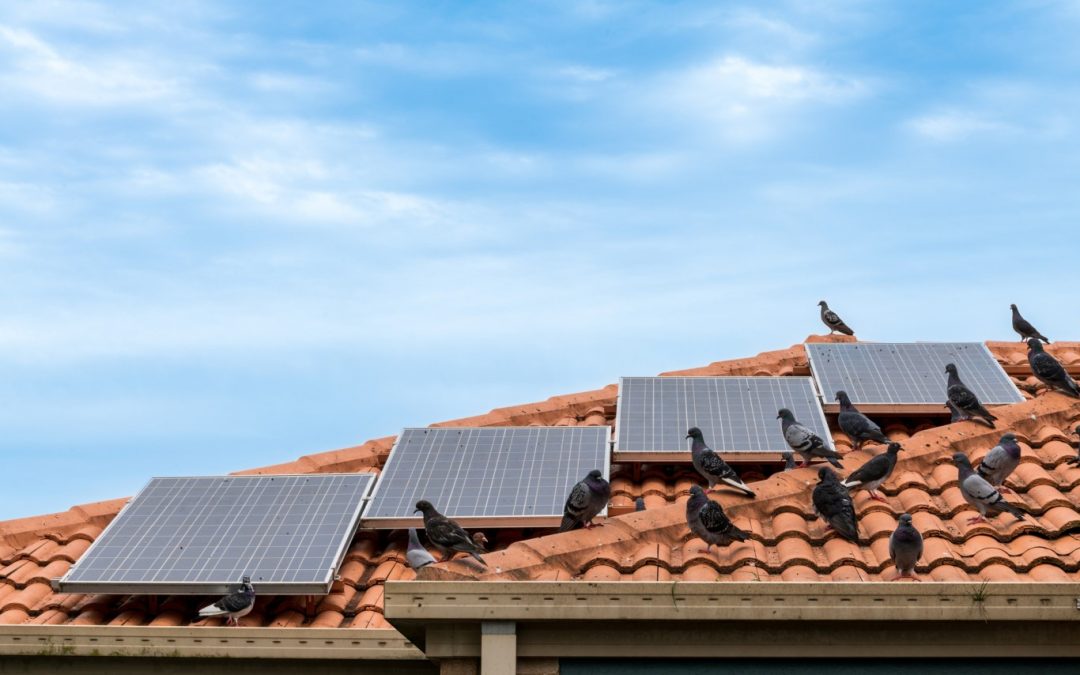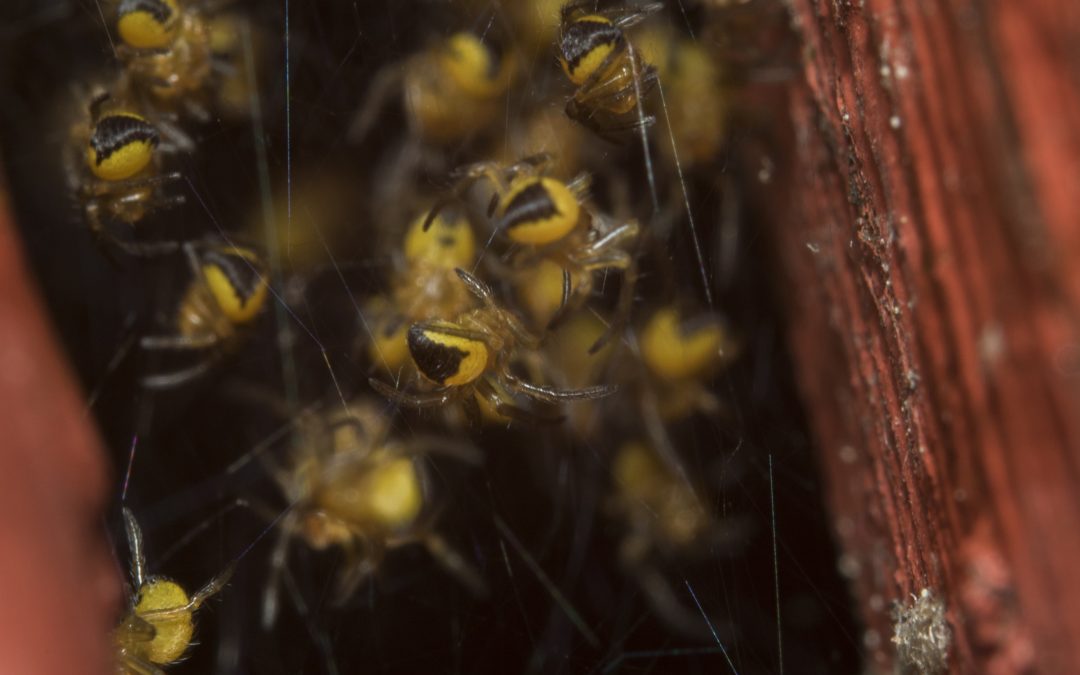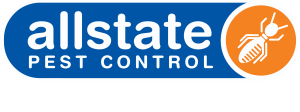
SUMMER PEST CONTROL FOR RESTAURANTS
Summer is the peak season for rodents, flies and cockroaches, but you certainly don’t want them dining at your restaurant. Check out this Hivemind blog and to learn more about summer pest control for restaurants, while staying compliant with food standards.
What questions will this article answer?
The top 3 summer restaurant pests you need to watch out for
While restaurants attract many pests in summer, cockroaches, flies and rodents are among the most common.
Preventing pests in restaurants
Pest outbreaks are completely avoidable if you are proactive, vigilant and understand pest behaviour.
Professional summer pest control for restaurants
You require a comprehensive pest management plan that is compliant with government food safety guidelines and HACCP principles.
Integrated commercial pest management program online portal
Stay safe and compliant without the hassle of bulky paperwork by using our online pest management portal.
Choose Allstate for reliable restaurant pest control services
We have over 35 years’ experience in managing rodents, flies and cockroaches in all suburbs of Adelaide.
The top 3 summer restaurant pests you need to watch out for
While the constant threat of many different pests is high in any food venue, there are 3 that stand out in summer: flies, cockroaches and rodents. Why? Because along with the ample variety of food sources available, the increased heat and humidity provide ideal conditions for breeding and survival.
Flies
Flies have unhygienic foraging habits which lead to contamination of food, preparation and dining areas. They can spread a range of unsavoury and even dangerous germs such as salmonella and parasitic worms. Worse, you might notice creamy maggots crawling over your waste disposal areas during peak breeding season.
Cockroaches
Fast, nimble and clever at hiding, cockroaches are notorious for carrying a range of diseases such as cholera, dysentery and typhoid fever, resulting in diarrhoea and food poisoning – not the ideal dining experience that you want for your customers. If left unchecked, an army of cockroaches can even cause physical damage to your restaurant by chewing through fabric, paper, furniture and plastic items.
Rodents
Being most active in the evenings, scurrying rodents can cause irrecoverable reputation damage in a restaurant. Not only do they contaminate food supplies, but they also gnaw away at walls, pipes, timber furniture, and electrical conduits. This can lead to an increased risk in power supply interruptions and fire hazards.
Preventing pests in restaurants
In Australia, every hospitality facility is required to comply with Standard 3.2.2 – Food Safety Practices and General Requirements, which states that pests must be stopped from entering and living in your premises and business vehicles. Any restaurants in breach of these requirements could face hefty fines and penalties.
Although these consequences can be quite serious, the good news is that pest outbreaks are completely avoidable if you are proactive, vigilant and understand pest behaviour.
Here’s some ways that you can keep flies, rodents and cockroaches away from your restaurant:
- Clean your property daily, including all indoor and outdoor areas, as well as an associated vehicles
- Regularly inspect your property to identify and seal over all holes, gaps and access points, including roofing, walls, ceilings, floors and plumbing
- Keep windows and doors closed when possible
- Install weather strips, self-closing or air curtains at doors
- Install and maintain mesh screens on doors and windows
- Ensure that food is kept well away from pest control devices
- Install pest control devices at entrances and exits
- Keep food preparation areas enclosed, and only prepare low-risk items in open areas
- Where possible, use small servery openings which can be closed and secured
- Keep food displays enclosed behind protective guards, fridges or cabinets
- Ensure that unused food and waste is stored securely
- Dispose rubbish regularly
- Fix plumbing problems promptly
- Educate staff on maintaining hygiene standards and reporting pest sightings
- Rotate stored food supplies regularly
- Seek professional commercial pest control advice
Keep damaging pests away from your restaurant. Get expert advice today.
 or
or
Professional summer pest control for restaurants
Reducing the likelihood of a summer pest infestation at your restaurant starts with identifying, assessing and eliminating the risks which are unique to your venue.
Which pests do I need to worry about?
The first step is to carefully analyse the environment around your site to get an idea of which types of pests may be lurking, or likely to be a problem, in your restaurant.
How can I stop pests from entering?
We’ll then draw on our understanding of pest behaviour to prevent them from coming inside by using targeted treatments and highlighting specific areas that require regular inspections. This can include less frequented areas, such as behind and underneath appliances, inside cupboards, as well as packaging.
Where should I put the pest control for commercial kitchens?
Our team will work closely with you to determine the best locations to install pest control devices and apply treatments while maintaining a safe distance away from food, dining and preparation areas. These designated spots will be clearly marked on a site map.
How long will the pest control be effective?
Depending on the types of pests and their activity, your restaurant’s location, food handling and pest control methods, the timing of regular inspections, monitoring and replenishment of treatments will differ between venues.
What types of pest control are used in restaurants?
At Allstate, we manage rodent, cockroach and fly outbreaks with the following treatments:
- Tamper-proof bait stations
- Insecticide sprays or fogging
- Rodenticide sprays
- Fly killer units installed at entrances
- Fly and rodent traps
- Glue boards
- Air curtains
Protect your family from wasps. Speak to an expert today.
 or
or
Integrated commercial pest management program online portal
If this sounds like a lot of added pressure to your workload, we hear you. That’s why Allstate’s Integrated Pest Management online portal was created.
Pest management at your fingertips
Keeping workplaces safe and compliant without the hassle of bulky paperwork, our innovative online portal can be accessed from anywhere, at any time. You can view compliance documentation, modify your pest management plan, update inspection reports, upload pest sightings and contact your pest technician directly just by logging in.
Avoid delays in treating pest outbreaks
This means that you can raise alerts and get a fast response from a pest technician who is familiar with your business and receive accurate advice to resolve problems promptly, before they escalate.
Choose Allstate for reliable restaurant pest control services
Summer’s here, but the pests don’t have to be at your restaurant! With over 35 years’ experience in managing rodents, flies and cockroaches in all suburbs of Adelaide, Allstate has a proven track record of exceptional food service compliance pest control.
Even better, our Integrated Pest Management online portal makes pest control more efficient, convenient and effective than ever, so you can focus on keeping hungry diners happy, all summer long.








